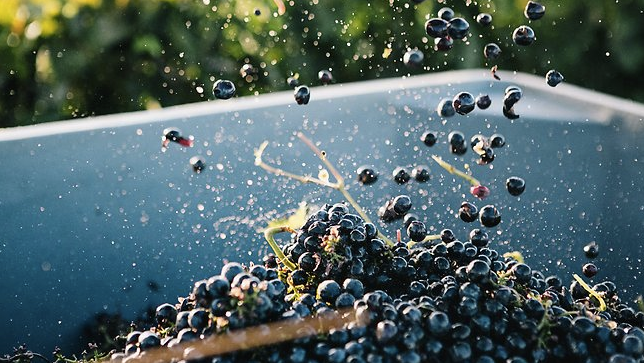Your Cart is Empty
FREE NEXT WORKING DAY DELIVERY FROM $250.
FREE NEXT WORKING DAY DELIVERY FROM $250.
What Exactly Are ‘Tannins’, And What Are They Good For?
April 08, 2018 2 min read

Many wine drinkers have heard about tannins, but many find the concept of what they actually are a bit blurry. Here is a beginners overview to help get things clear.
You’ll have heard people talk about tannins when they talk about wine. But what are they, and why are they important?

Tannins are a complex group of chemical compounds that appear in wine, and are derived from the skins and seeds of the grape, and also the stems. White and rose wines are made largely after the removal of these parts, whereas in red wines the fermentation occurs as the juice sits on the pulp (known as ‘must’) of these parts. Therefore, red wines are tannic whereas most whites are not.
We experience tannins as a tactile sensation. They cause a gripping or drying affect in the mouth. This sensation is called astringency and it can also be found in tea. If you put a towel in your mouth a bite down, this drying sensation is similar to how a tannic wine can affect your mouth.

You may have heard about red wines going well with red meat, and one of the reasons behind this is that tannins are capable of interacting with proteins and precipitating them. This enhances the enjoyment of the wine as the reaction with the protein-rich red meat reduces the astringency, enhancing the perception of other desirable wine characteristics. However, it should be noted that many do find the sensation of well-balanced tannins to be very pleasurable on its own.

Tannins also play an important part in the ageing process of wines. When too young, overly tannic wines would certainly not be pleasurable to drink as the astringency would be too high. However the tannins provide a ‘backbone’, and they also act as a preservative. Through a process called ‘polymerization’, over time the tannins resolve into delicious and complex elements, vastly improving the wine. So a wine that is heavily tannic might well benefit from several years of cellaring before it reaches its peak.
So next time you have a young New World red, which will no doubt be full of ripe tannins, you will know why it’s best to eat it with some grilled red meats. For higher quality tannic reds, let it cellar for a few years to reach its peak.
Subscribe
Sign up to get the latest on sales, new releases and more …